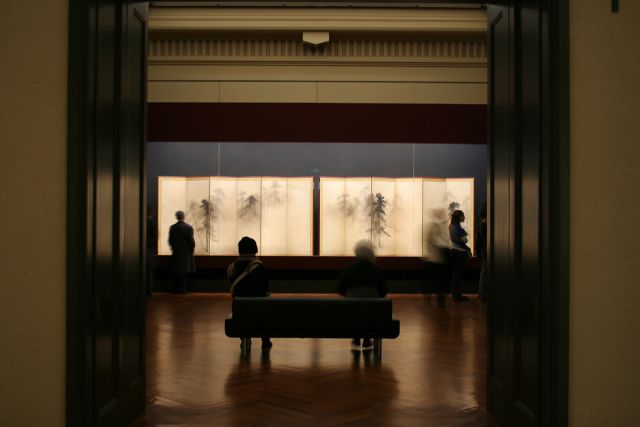
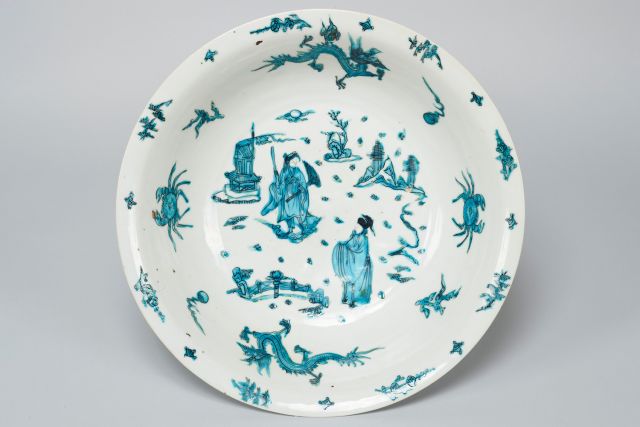
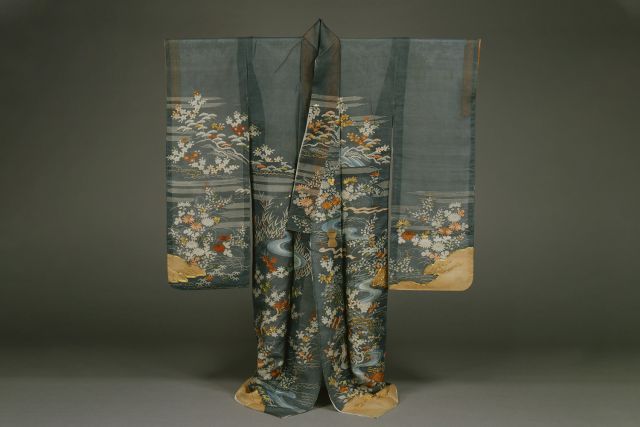
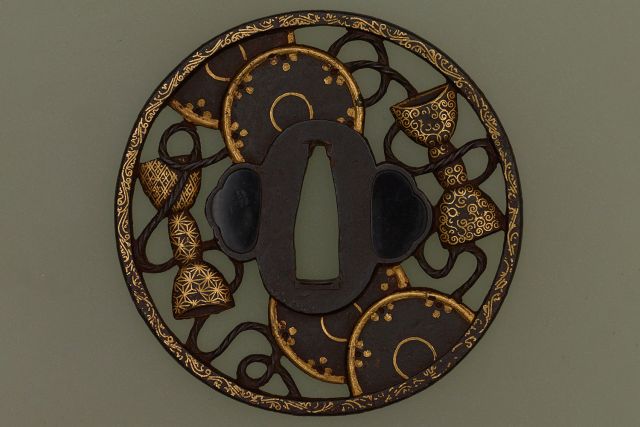
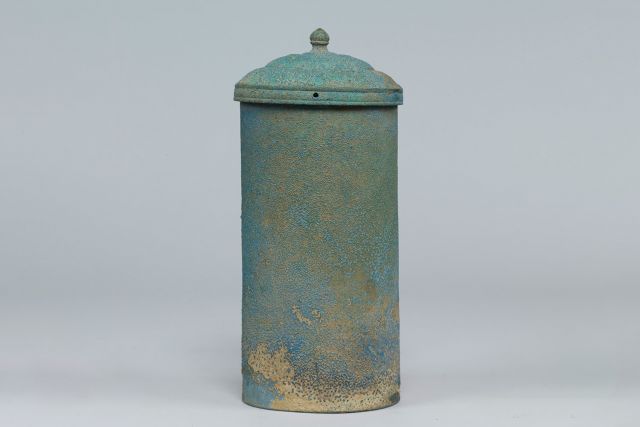
Tokyo National Museum
- Tokyo, Japan
- Museum
Tuesday to Sunday 09:30 - 17:00
+81 5055418600
Established in 1872, the Tokyo National Museum has the longest history of any museum in Japan. Housing more than 120,000 items, including 89 National Treasures and 649 important cultural properties, it is also ranked among the largest museums in the world. Within it are six exhibition buildings: the Honkan (Japanese gallery), Heiseikan and Hyokeikan (dedicated to temporary exhibitions) as well as the Toyokan (Asian gallery), the Gallery of Horyuji Treasures, showcasing important objects from Horyuji Temple in Nara prefecture and finally Kuroda Memorial Hall, showcasing a collection of works by Seiki Kuroda, painter and pioneer of Western-style painting in Japan.
More specifically, the Honkan was designated as an Important Cultural Property of Japan in 2001. It houses an extensive collection of Japanese artefacts ranging from Jomon, Yayoi and Kofun periods prehistoric art to Buddhist sculptures and paintings, tea ware, arms and armor of the Samurai, folding screens, paintings, calligraphy as well as Noh and Kabuki theatre costumes, ukiyo-e and a fashion archive up to the 19th century.









